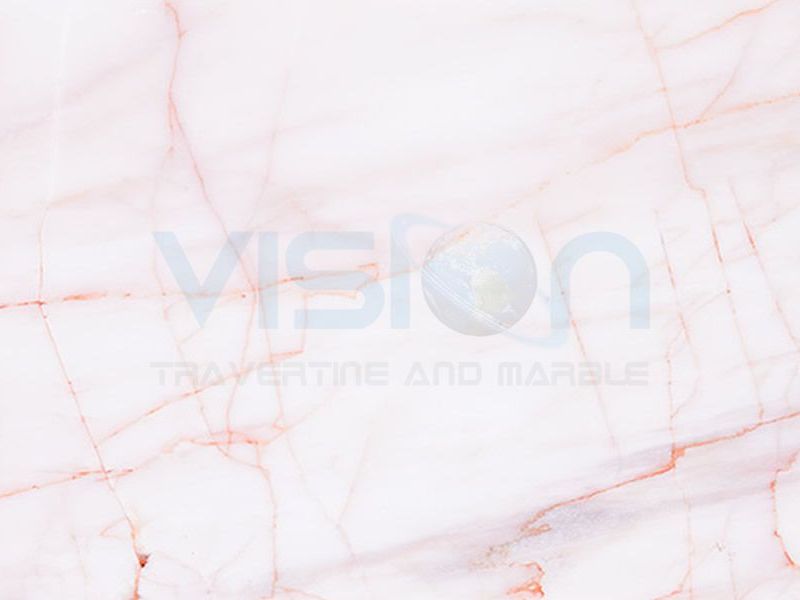
What is Dolomite?
Dolomite is a type of mineral and rock containing calcium magnesium carbonate (CaMg(CO3)2). It is typically found in white, gray, pink, or brown colors and is widely used in construction, industry, and decoration due to its hard and durable nature. Often mistaken for limestone, dolomite is distinguished by its unique chemical composition. It is also a popular material in the natural stone market.
Properties of Dolomite
-
Chemical Composition: Dolomite is a magnesium-enriched version of calcium carbonate (limestone). It differs from limestone both chemically and physically. Dolomite’s formula is CaMg(CO3)2, unlike limestone’s CaCO3.
-
Physical Hardness: Dolomite ranks between 3.5-4 on the Mohs hardness scale, making it relatively hard and durable. This resistance to wear makes it suitable for outdoor use.
-
Color Variety: Dolomite can range in color from white to gray, pink to brown. The color depends on the purity of the mineral and the type of impurities present within it.
-
Crystal Structure: Dolomite has a trigonal crystal structure, often forming well-defined crystals. This structure makes dolomite visually appealing and an aesthetically attractive stone.
Uses of Dolomite
-
Construction and Architecture: Due to its hardness and durability, dolomite is commonly used in the construction industry. It is frequently used as crushed stone in road construction, concrete production, and as a building material. Its marble-like appearance also makes it popular as a decorative stone.
-
Interior Design and Decoration: Dolomite is used indoors for flooring, countertops, wall cladding, and in bathrooms. Its natural and aesthetic appearance makes it a popular material in both modern and classic interior designs.
-
Glass and Ceramic Production: Dolomite is a key raw material in the glass and ceramics industry. In glass production, dolomite helps reduce melting temperature and increases durability. In ceramics, it is mixed with clay and other minerals to produce hard and durable ceramic products.
-
Agriculture and Gardening: Dolomite is used in agriculture as a soil conditioner. It helps balance the pH of the soil and is used to address calcium and magnesium deficiencies. It also promotes healthy plant growth, making it an essential mineral in gardening.
-
Water Treatment: Dolomite is used in water treatment to reduce water hardness and balance minerals. Its magnesium and calcium content helps maintain the mineral balance in water.
Maintenance and Durability of Dolomite
As a natural stone, dolomite requires regular maintenance. When used decoratively, the surface should be periodically cleaned and polished to maintain its shine and aesthetic appeal. Acidic cleaners should be avoided, and pH-balanced cleaning products should be used, as acidic substances can damage the surface of dolomite.
History of Dolomite
Dolomite was named after the French geologist Déodat Gratet de Dolomieu, who first identified the mineral in the 18th century. It was first discovered in Italy’s Dolomite Alps, a region known for its abundance of the mineral. Since then, dolomite has been widely used in both construction and industrial applications.
Conclusion
Dolomite is a significant mineral with a wide range of applications in both industrial and decorative fields. Its durability, aesthetic appearance, and versatility make it an essential material in construction, decoration, agriculture, and glass-ceramic production. Known for its aesthetic and functional properties, dolomite is a key component in modern and classic designs alike, standing out in the natural stone market.



